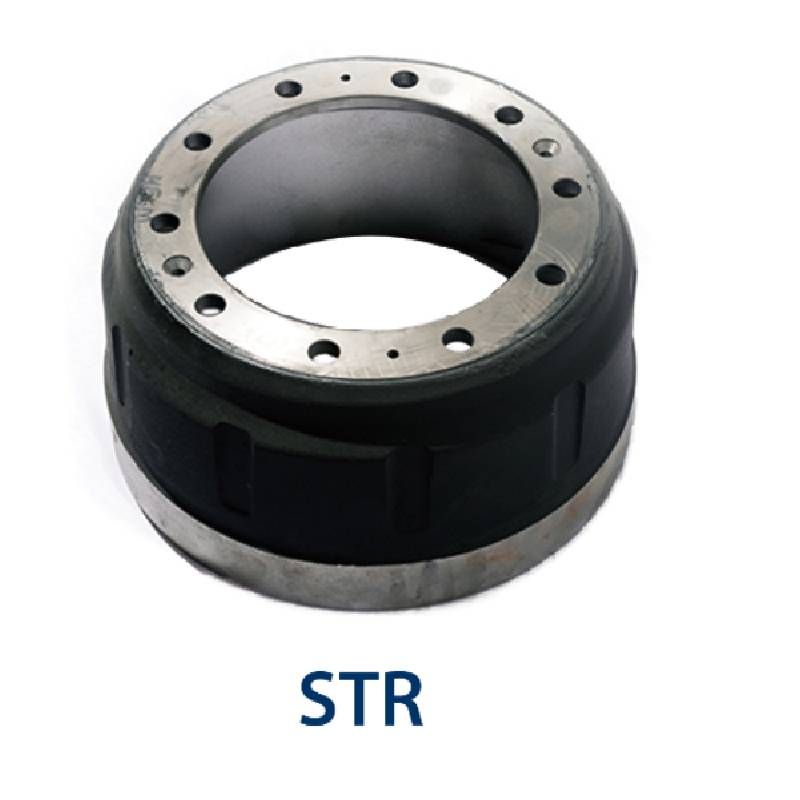ຕ.ລ. . 03, 2024 02:31 Back to list
Common Issues with Car Brake Drums and How to Fix Them
Understanding Car Brake Drum Problems Causes, Symptoms, and Solutions
When it comes to vehicle safety, brakes are undeniably one of the most crucial components. Brake drums, a common part of many vehicles' braking systems, play a significant role in slowing down or stopping a car. However, like all mechanical parts, brake drums can develop issues over time. Understanding the problems associated with brake drums can help car owners maintain their vehicles and ensure safety on the road.
What is a Brake Drum?
Brake drums are cylindrical components of a drum brake system that house the brake shoes. When the brake pedal is pressed, hydraulic pressure forces the brake shoes against the inner surface of the drum, creating friction that slows the vehicle. This system is prevalent in older cars and light trucks, although some modern vehicles still utilize brake drums, especially on the rear wheels.
Common Brake Drum Problems
1. Warping and Uneven Wear One of the most common issues with brake drums is warping. This occurs when the drum becomes overheated, often due to excessive braking or poor-quality materials. Warping can lead to uneven wear on the brake shoes, which can cause a decrease in braking efficiency and an uneven braking sensation.
2. Cracks and Scoring Over time, the constant friction and heat can create cracks in the brake drum. Scoring, which occurs when the surface of the drum becomes grooved due to the friction from the brake shoes, can also be a problem. Both conditions compromise the integrity of the braking system and can lead to brake failure if not addressed.
3. Dust and Debris Buildup Brake dust and debris can accumulate inside the drum, interfering with the function of the brake shoes. This buildup can result in reduced braking power and may cause additional wear and tear on the components. Regular cleaning and maintenance can help mitigate this issue.
4. Drum Size Issues If brake drums are not properly sized or if they become worn beyond the manufacturer’s specifications, they can lead to inefficiency in braking performance. This often manifests as a spongy brake pedal or a pedal that sinks to the floor when pressed.
Symptoms of Brake Drum Problems
car brake drum problems

Identifying brake drum problems early can prevent further damage and ensure safety. Common symptoms include
- Squeaking or Squealing Noises This often indicates worn-out brake shoes or a problem with the drum. - Vibration or Pulsation If the brake pedal vibrates or pulsates during braking, it may be a sign of warped brake drums. - Poor Braking Performance A noticeable decrease in stopping power or an increase in stopping distance can signify that the brake drums or shoes need attention. - Pulling to One Side If the vehicle pulls to one side when braking, it could indicate uneven wear or an issue with the brake drum system.
Solutions and Maintenance
When faced with brake drum issues, there are several steps to consider
1. Regular Inspections Conducting routine inspections of the braking system can catch issues early. Pay attention to any unusual noises, sensations, or changes in braking performance.
2. Professional Diagnosis If you notice any of the symptoms mentioned above, it’s crucial to have a professional mechanic inspect the brake drums. They can check for warping, cracks, and other issues that may not be visible to the untrained eye.
3. Drum Resurfacing or Replacement Minor issues like scoring can sometimes be remedied by resurfacing the drum. However, if the damage is severe or the drums are worn beyond specifications, replacement may be necessary.
4. Proper Brake Shoe Replacement It’s essential to replace brake shoes in tandem with brake drums to ensure even wear and optimal performance.
Conclusion
Brake drums are integral components of many vehicles, and understanding the potential problems they can face is essential for safety and performance. By staying vigilant about vehicle maintenance and addressing issues promptly, drivers can safeguard their braking systems and enhance their overall driving experience. Always consult with a professional mechanic for assessments and repairs to ensure the best outcomes for your vehicle’s safety and longevity.
-
Durable Brake Drum MAZ for Heavy Duty Trucks | High Performance
NewsAug.26,2025
-
FUWA: Premium Quality, Reliable Performance & Innovative Solutions
NewsAug.25,2025
-
Liza Brake Drum: Superior Quality & Performance for Safe Driving
NewsAug.24,2025
-
Iveco Brake Drum | Premium OE Quality for Daily & Eurocargo
NewsAug.22,2025
-
Your Brake Drum Man: Quality & Performance Parts
NewsAug.21,2025
-
Explore Japan: Ultimate Travel Guide & Authentic Experiences
NewsAug.19,2025
